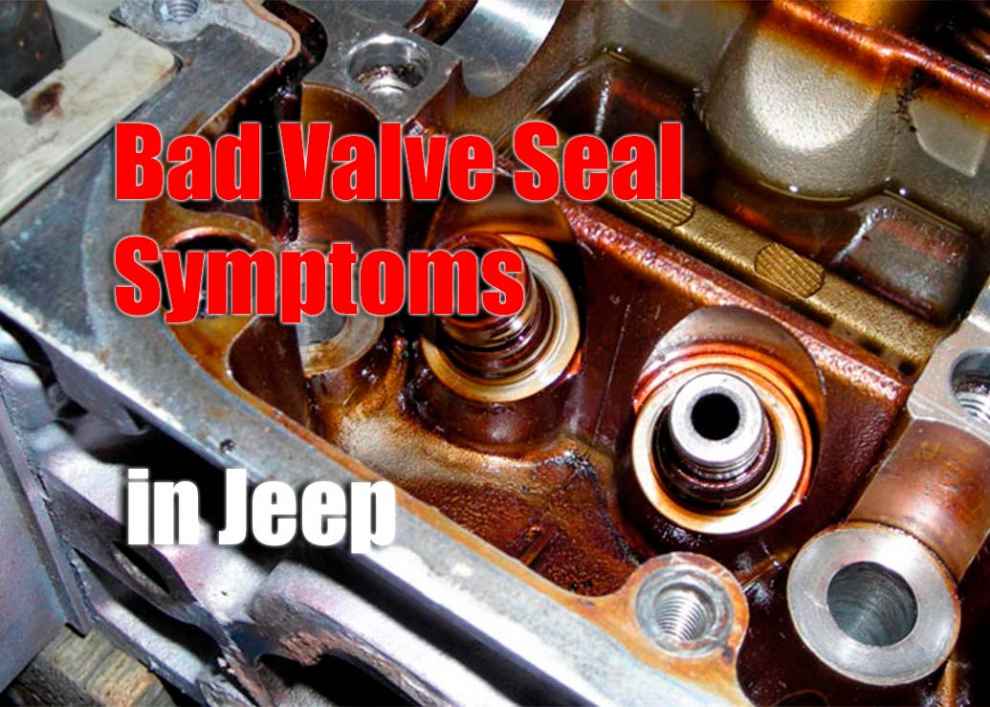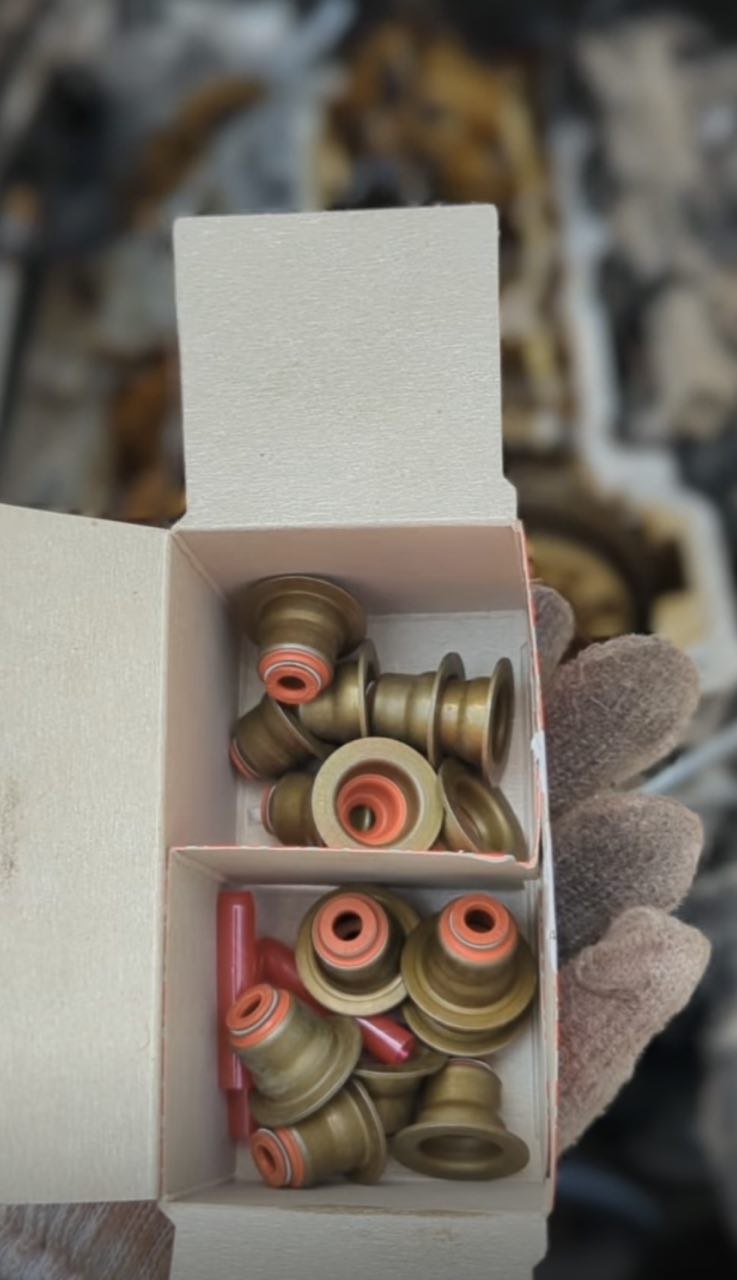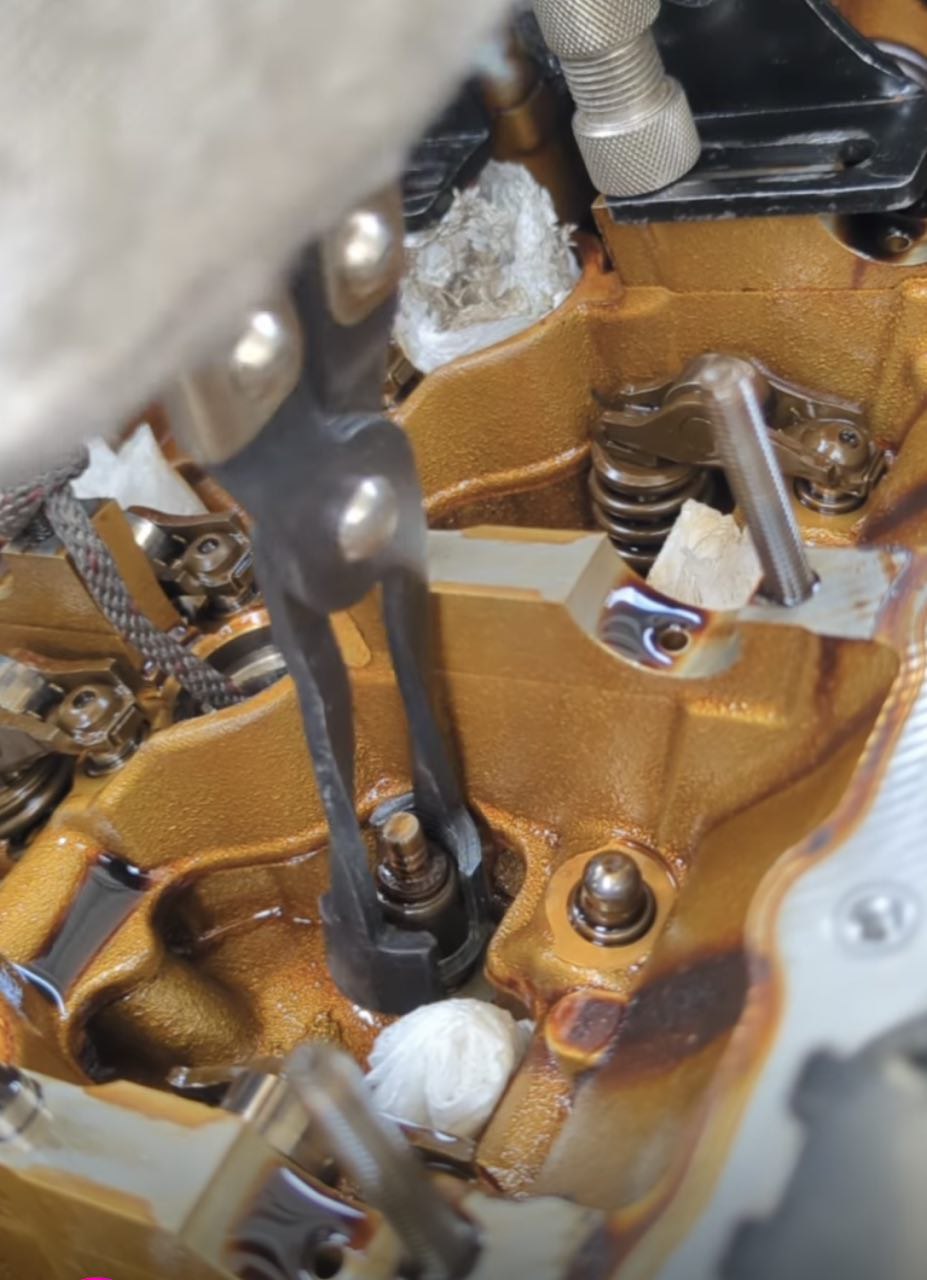The Jeep is one of the most iconic vehicles on the market, with a long and storied history. However, even the best machines can show signs of wear and tear over time. One common issue in Jeeps is bad valve seals, which can cause various performance issues affecting your engine’s performance and longevity. Bad valve seal symptoms in Jeeps can include oil leaks, smoke from the exhaust, poor acceleration, loss of power, and reduced fuel economy. In this article, we will discuss bad valve seals, their symptoms, and how to diagnose them to ensure your Jeep stays running smoothly for years. We’ll also discuss preventative measures you can take to minimize or eliminate bad valve seal symptoms in your Jeep.
 Causes of Bad Valve Seals in a Jeep
Causes of Bad Valve Seals in a Jeep
Valve seals in a Jeep can fail for a variety of reasons. A common cause is age, as rubber seals tend to break down over time, leading to oil leakage, which can damage the engine. Another cause can be poor quality seals not built to withstand extreme temperatures or poor fitment, resulting in premature failure. Overheating due to lack of maintenance or mechanical issues such as blocked radiator fins can cause valve seals to deteriorate and fail prematurely. In some cases, abrasive elements from fuel or oil additives may erode the seal material, resulting in an inadequate seal and causing pressure loss and leaks. Additionally, improper installation of valve cover gaskets may cause valve covers not to be properly sealed, leading to premature oil leakage.
Common Bad Valve Seal Symptoms
Valve seals in vehicles, including Jeeps, prevent oil from flowing into the combustion chamber. When these seals start to wear out or fail, you’ll notice specific symptoms that indicate a problem. Here are some of the most common symptoms of bad valve seals:
-
Blue Smoke on Startup: One of the primary symptoms of bad valve seals is blue smoke from the tailpipe, especially right after starting the vehicle. It happens because oil seeps past the worn valve seals and into the combustion chamber while the engine is off. Once you start the engine, this oil gets burned, resulting in blue smoke.
-
Blue Smoke when Accelerating or Decelerating: Blue smoke on startup is a strong indicator of worn valve seals; blue smoke during acceleration can also point to the same issue. Additionally, if you notice blue smoke during deceleration or when letting off the throttle, it could be a sign of bad valve seals.
-
Increased Oil Consumption: If you find yourself needing to add oil to the engine more frequently than usual, and there aren’t any noticeable leaks, it’s possible that oil is being burned in the combustion chamber due to worn valve seals.
-
Fouled Spark Plugs: Oil leaking into the combustion chamber can result in fouled spark plugs. It will manifest as oil deposits on the plug electrodes. Over time, this can lead to misfires and reduced engine performance.
-
Decreased Performance and Efficiency: As oil contaminates the combustion chamber, it can reduce engine performance and efficiency. This is because burning oil can interfere with the proper air-fuel mixture combustion.
-
Engine Knocking or Pinging: Bad valve seals can cause oil to leak into the combustion chamber, leading to pre-ignition. This pre-ignition can cause knocking or pinging noises.
-
Bad Emissions: If your vehicle fails an emissions test and you’ve ruled out other common causes, oil burning due to faulty valve seals might be a contributing factor.
Diagnosing the Problem
The first step in diagnosing bad valve seals is to check for signs of oil leakage. If you find oil around the valve cover, it’s likely that your seals are faulty and need to be replaced. Once you’ve confirmed a potential leak, verifying the exact cause and extent of the problem is essential. To do this, you can perform a compression or leak-down test on the affected cylinders. These tests measure cylinder pressure and airflow at different intervals and can give you a good indication of whether your valve seals are faulty or not.
How to Fix Bad Valve Seals in a Jeep
If you’ve confirmed that your valve seals are indeed bad, the next step is to replace them. To do so, remove the valve covers and inspect the seals for visible damage or wear. Seals should be replaced if they are cracked, brittle, or otherwise damaged. Replacing valve seals requires some mechanical knowledge and skill; if you don’t know what you’re doing, it’s best to consult a professional mechanic before attempting this repair yourself. Furthermore, it’s essential to ensure that all other components related to valve cover installation are also replaced as part of this repair – gaskets, O-rings, and other related items should also be included. Also read about Best Exhaust System for Jeep Wrangler.
Bad valve seals in a Jeep can cause various performance issues, including oil leakage, smoke from the exhaust, poor acceleration, loss of power, and reduced fuel economy. To diagnose bad valve seals in your Jeep, you must look for signs of oil leakage and other symptoms, such as blue smoke on startup. Once you’ve confirmed the problem, you must replace the faulty seals and other components, such as gaskets and O-rings. If you’re unsure how to perform this repair yourself, it’s best to take your Jeep to a professional mechanic for help.

 Causes of Bad Valve Seals in a Jeep
Causes of Bad Valve Seals in a Jeep Fouled Spark Plugs: Oil leaking into the combustion chamber can result in fouled spark plugs. It will manifest as oil deposits on the plug electrodes. Over time, this can lead to misfires and reduced engine performance.
Fouled Spark Plugs: Oil leaking into the combustion chamber can result in fouled spark plugs. It will manifest as oil deposits on the plug electrodes. Over time, this can lead to misfires and reduced engine performance.
Add Comment